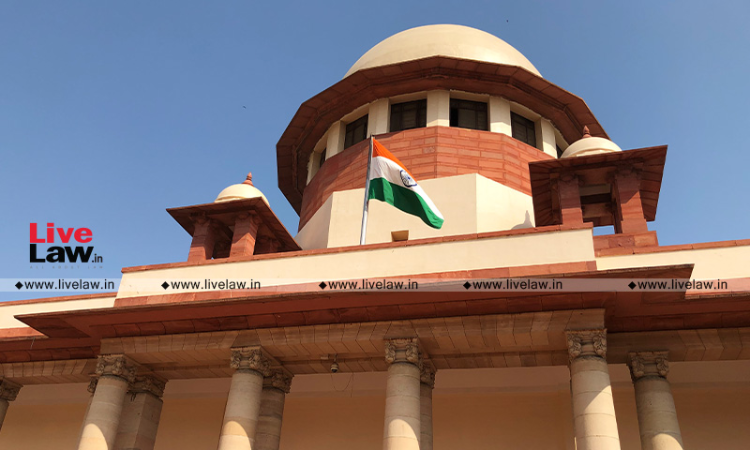Skull Superimposition Technique For Identification Of Dead Body Not Infallible : Supreme Court Acquits Murder Accused
Ashok KM
4 Nov 2022 8:37 AM IST

Next Story
4 Nov 2022 8:37 AM IST
The Supreme Court observed that skull superimposition technique for idenitification of the dead body cannot be regarded as infallible.When the super-imposition report is not supported by any other reliable medical evidence like a DNA report or post-mortem report, it would be very risky to convict the accused believing the identification of the dead body of the victim through the...
